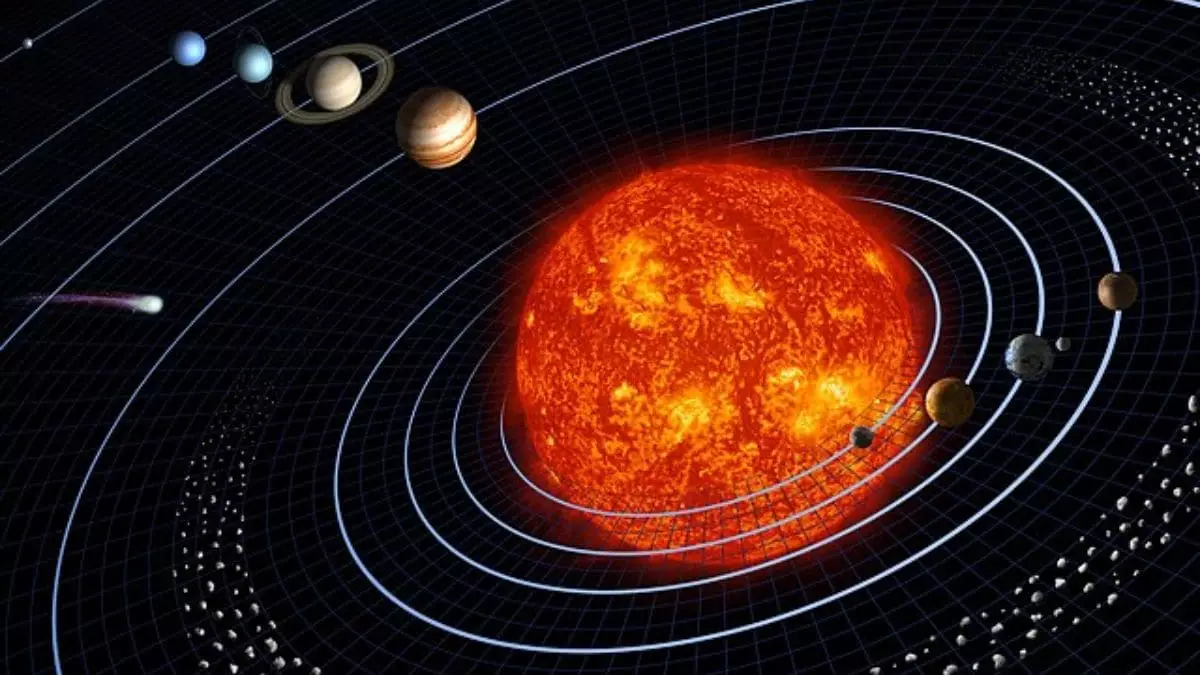Recent discoveries challenge long-held beliefs about the chronological development of planetary bodies within our solar system. The tiny 50-gram meteorite known as Northwest Africa 12264 serves as a scientific catalyst, compelling us to reconsider when and how rocky worlds emerged. Traditionally, planetary formation was believed to follow a clear sequence: the inner planets like Earth and Mars formed early, with their outer counterparts appearing millions of years later, primarily because of their water-rich compositions and cooler environments. However, this diminutive celestial fragment suggests that the timelines may have been compressed, with inner and outer planets coalescing far closer in time than previously thought.
The Birth of Planets: A More Synchronized Timeline
The crux of this revelation lies in the meteorite’s chemical signature. Its isotopic makeup—specifically chromium and oxygen ratios—indicates an origin beyond the asteroid belt but with an age strikingly similar to early inner solar system crusts. Lead isotope dating places it at approximately 4.564 billion years old, aligning it precisely with basalt samples from Earth’s early crust. Such congruence dismantles the notion that water and volatiles on outer planets would have slowed their gravitational clumping and differentiation processes. Instead, it appears that rocky planet formation was a more rapid and unified event across the solar nebula, suggesting that the timeline was less staggered and more synchronous than science previously acknowledged.
Broader Astronomical Implications and Challenges
This newfound perspective extends beyond our solar system. By comparing the meteorite’s findings with observational data of exoplanetary systems, scientists are beginning to see a pattern: planetary formation might be a more universal and swift process than once imagined. Disks of dust and gas around other stars display signs of rapid planetesimal development at large distances, supporting the idea that our solar system’s evolution reflects a broader cosmic principle. This challenges the traditional view that water and other volatiles inherently slow planetary differentiation, prompting a reevaluation of how and where Earth-like planets may form throughout the galaxy.
The Significance of These Discoveries for Humanity
In a universe where time is often regarded as a distant, almost insignificant parameter, these insights have profound implications. They suggest that planetary systems—including potentially habitable worlds—might originate more quickly and more uniformly than previously thought. For our ongoing quest to understand our place in the cosmos, this revised timeline piques both scientific curiosity and philosophical questions. It hints at a universe where the potential for Earth-like planets could be more common and accessible in galactic terms, prompting us to look at exoplanet studies with renewed optimism and urgency. The humble meteorite, small as it is, may indeed be rewriting the grand narrative of our cosmic origins.



Leave a Reply